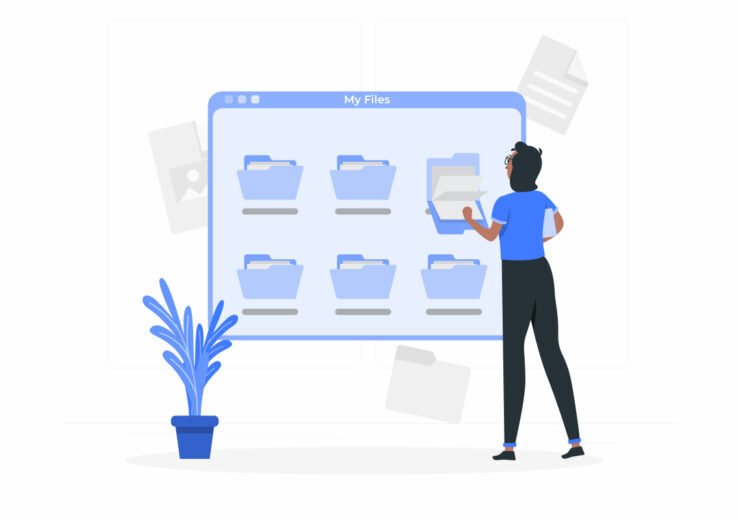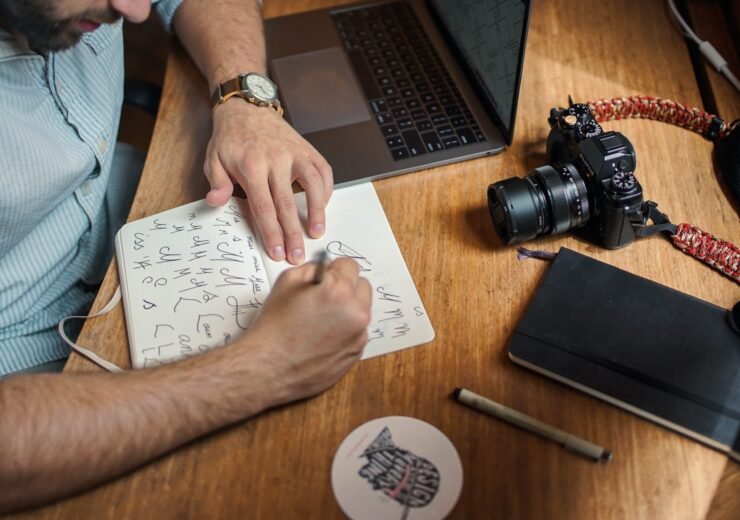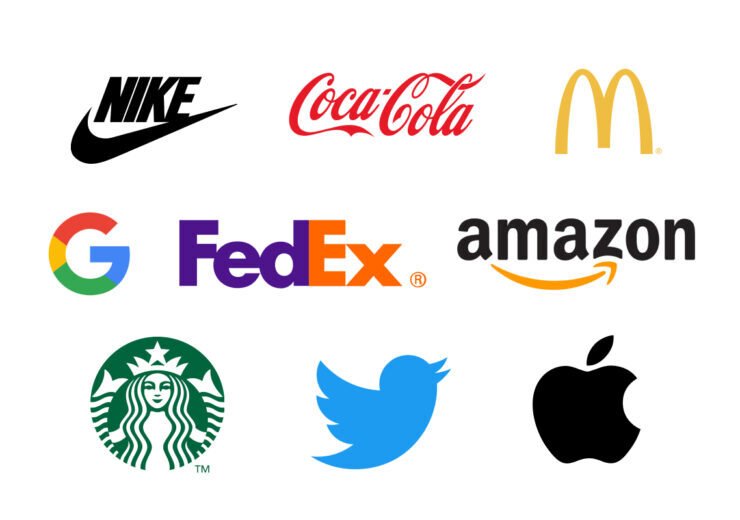Understanding the Differences between JPG, PNG, EPS, SVG, AI, CDR, and WEBP Files
When it comes to digital images, there are various file formats available, each with its own unique characteristics and purposes. Understanding the differences between these file formats can help you make informed decisions when it comes to choosing the right format for your specific needs. In this article, we will explore the differences between JPG, PNG, EPS, SVG, AI, CDR, and WEBP files.
JPG (Joint Photographic Experts Group)
JPG is a widely used file format for photographic images. It uses lossy compression, which means that some image quality may be sacrificed to reduce file size. This makes it ideal for web images, as it allows for faster loading times. However, the compression can result in a loss of detail, making it less suitable for images with text or graphics.
PNG (Portable Network Graphics)
PNG is a popular file format for images that require transparency or a high level of detail. Unlike JPG, PNG uses lossless compression, which means that no image quality is lost during compression. This makes it ideal for images with text or graphics, as it preserves sharp edges and fine details. However, PNG files tend to have larger file sizes compared to JPG.
EPS (Encapsulated PostScript)
EPS is a file format commonly used for vector graphics and illustrations. It supports both raster and vector elements, making it versatile for various design applications. EPS files can be resized without losing image quality, making them ideal for printing or scaling to different sizes. However, EPS files can be larger in size compared to other formats.
SVG (Scalable Vector Graphics)
SVG is a file format that uses XML-based markup language to describe vector graphics. It is widely supported by web browsers and can be scaled without losing image quality. SVG files are ideal for responsive web design and can be easily edited using code or vector graphics software.
AI (Adobe Illustrator)
AI is a proprietary file format used by Adobe Illustrator, a popular vector graphics editor. AI files contain vector-based graphics and can be edited and resized without losing quality. They are commonly used for logos, illustrations, and other complex designs. However, AI files can only be opened and edited using Adobe Illustrator or compatible software.
CDR (CorelDRAW)
CDR is a file format used by CorelDRAW, a popular vector graphics editor. Like AI files, CDR files contain vector-based graphics and can be edited and resized without losing quality. They are commonly used for print and web designs. However, CDR files can only be opened and edited using CorelDRAW or compatible software.
WEBP (Web Picture Format)
WEBP is a modern image format developed by Google. It uses both lossy and lossless compression, resulting in smaller file sizes compared to JPG and PNG. WEBP files are ideal for web images, as they offer high-quality compression and faster loading times. However, not all web browsers and image editors support WEBP files.
In conclusion, understanding the differences between JPG, PNG, EPS, SVG, AI, CDR, and WEBP files is crucial for choosing the right format for your specific needs. Whether you’re working with photographs, illustrations, or web images, each format offers unique advantages and considerations. By selecting the appropriate file format, you can ensure optimal image quality and performance.



